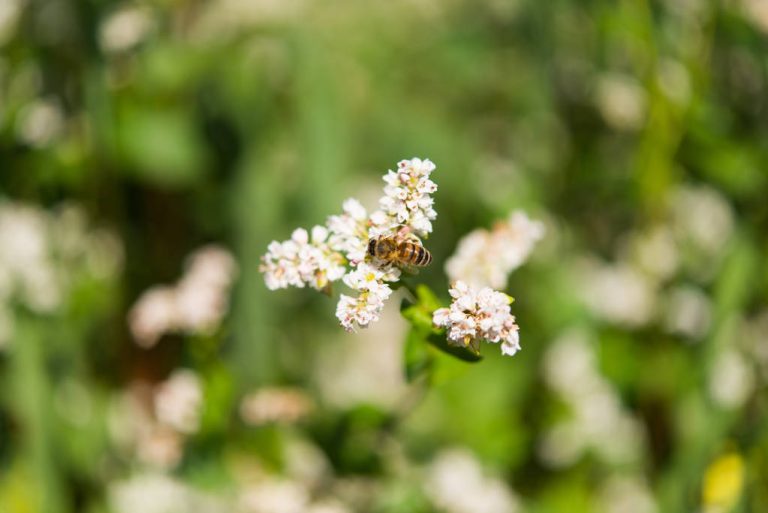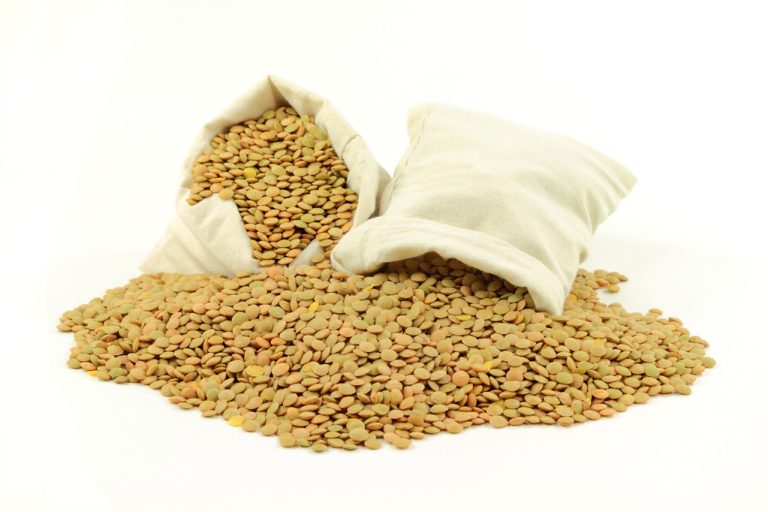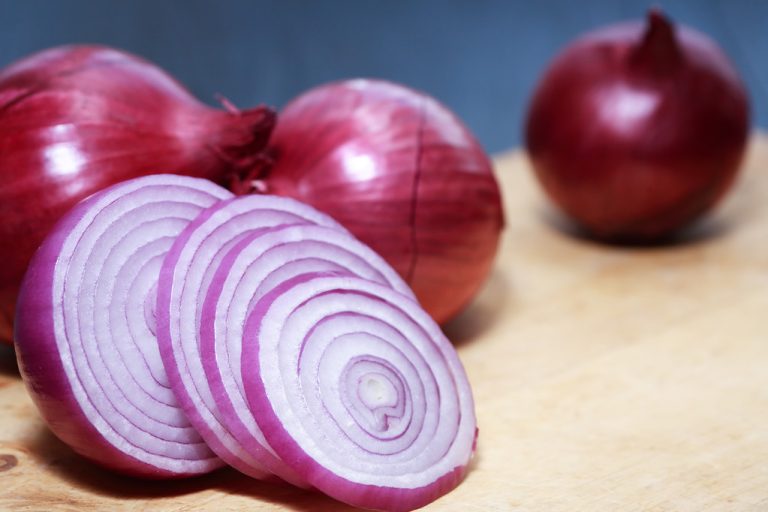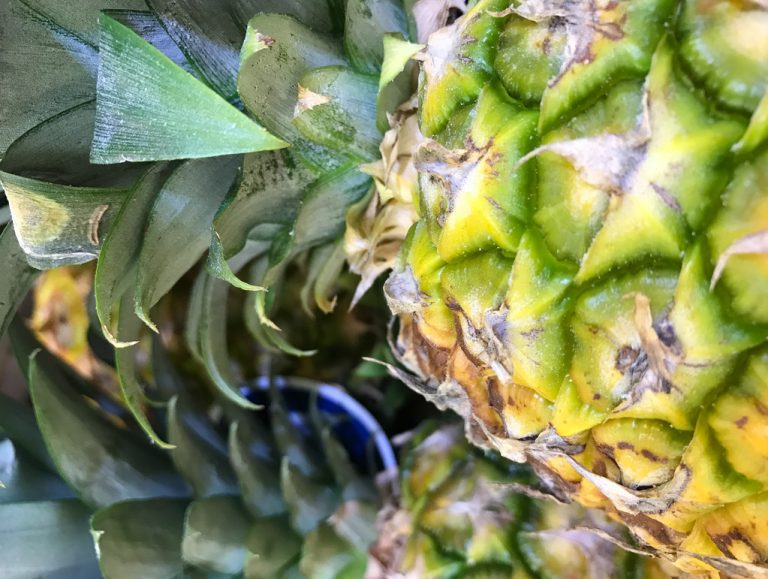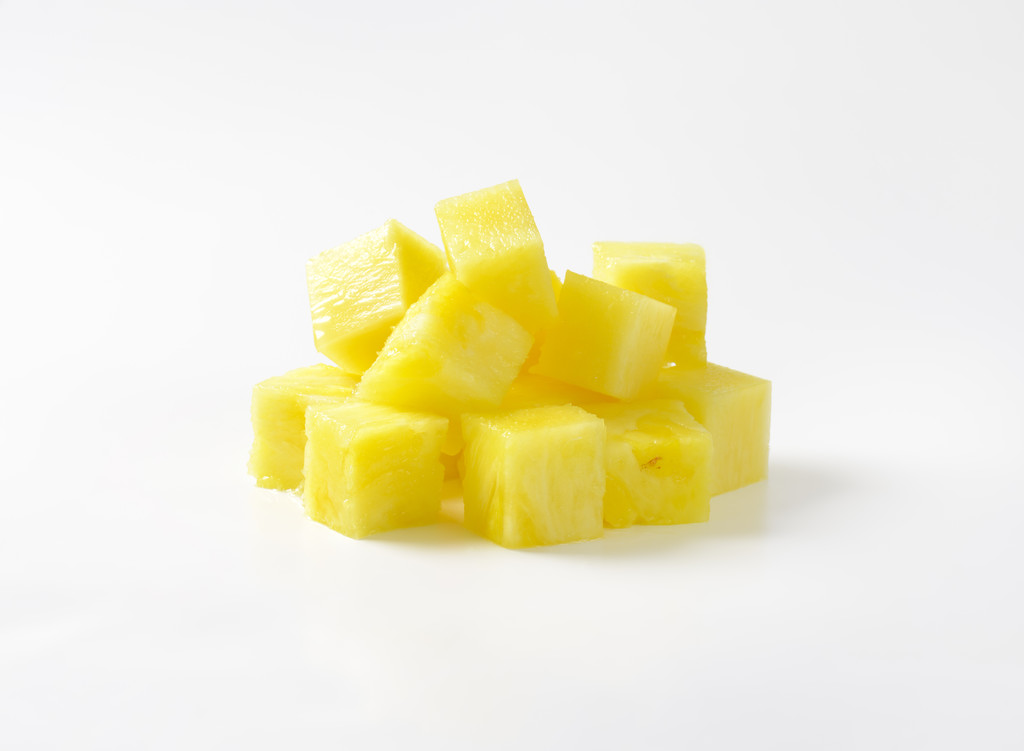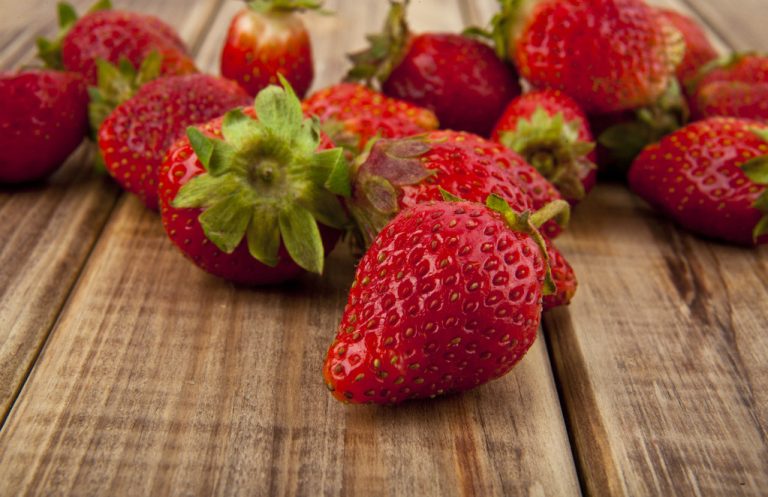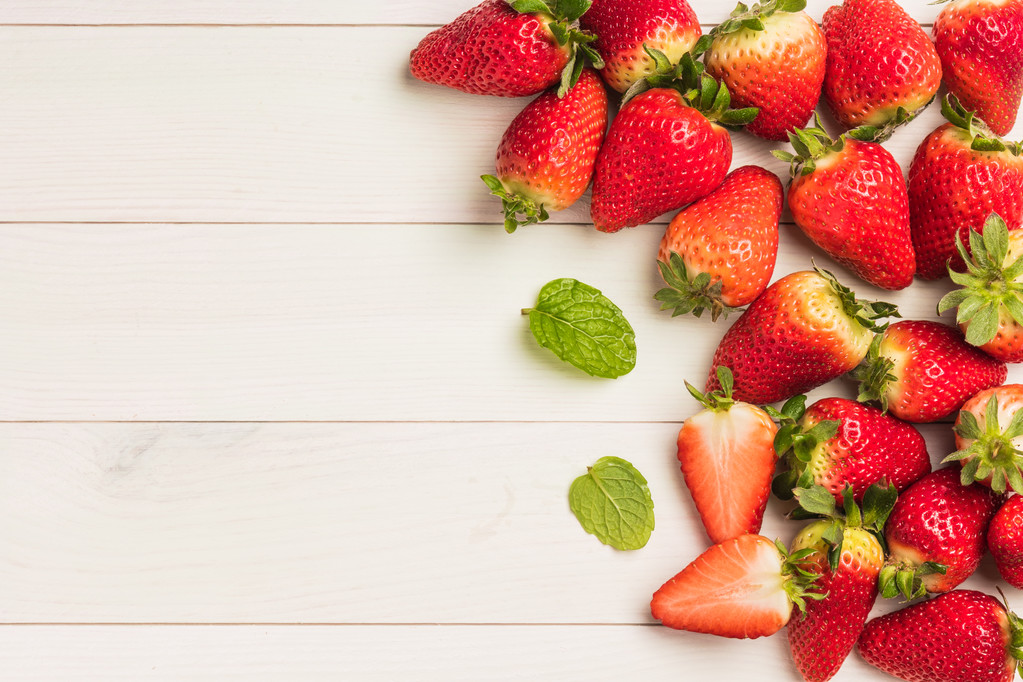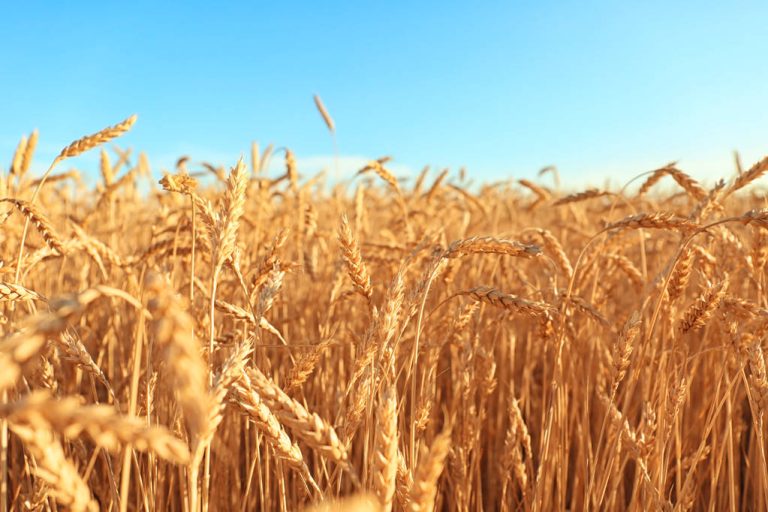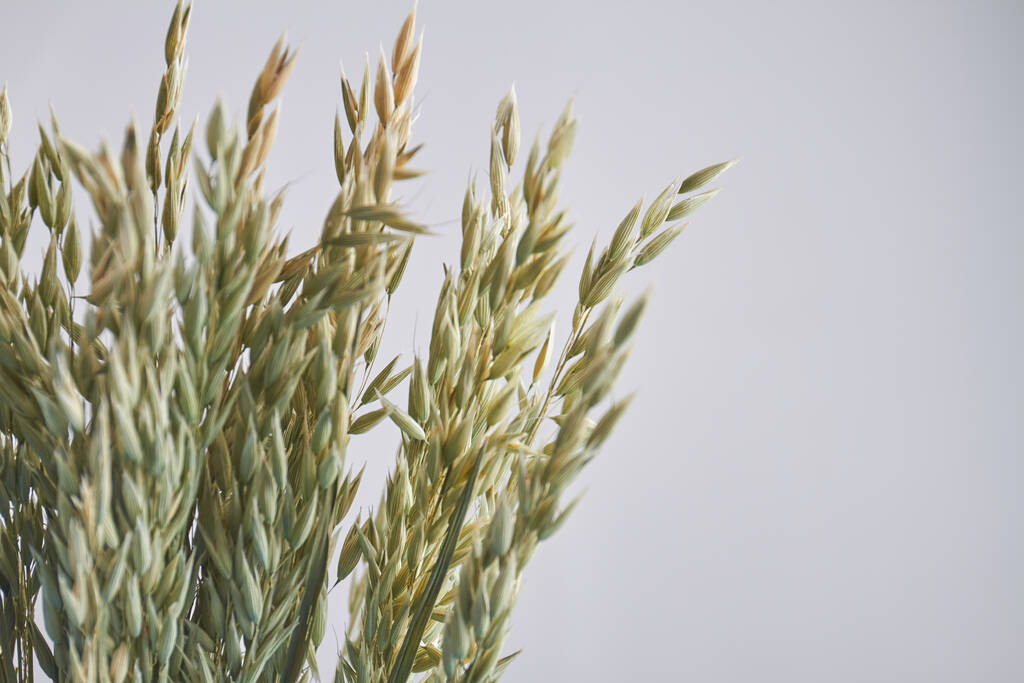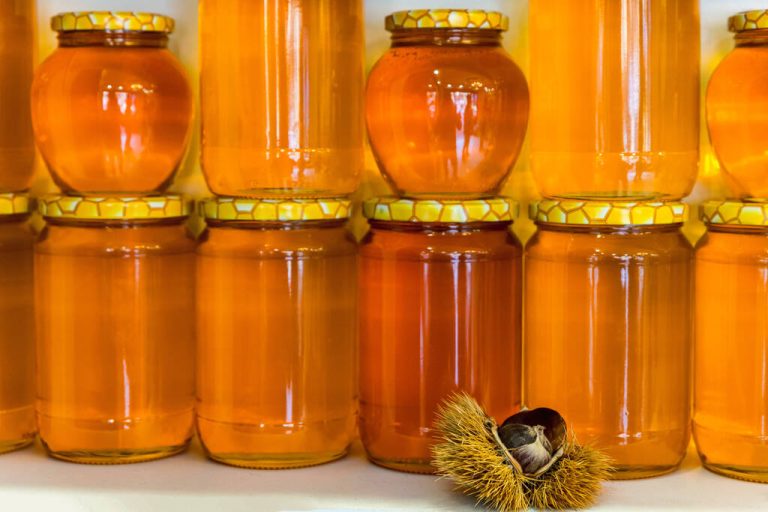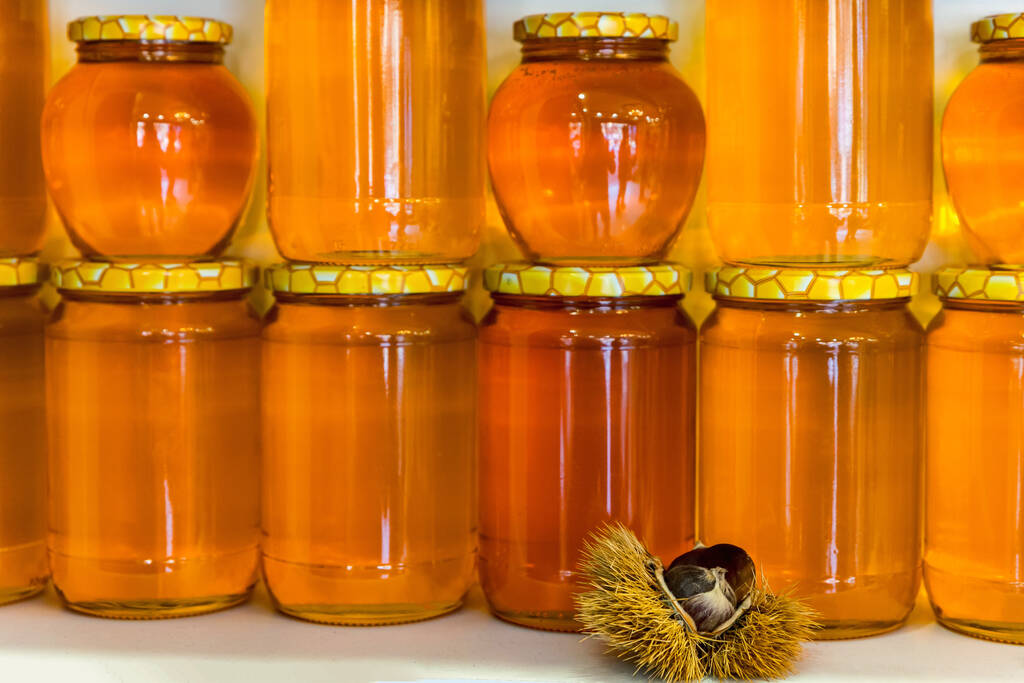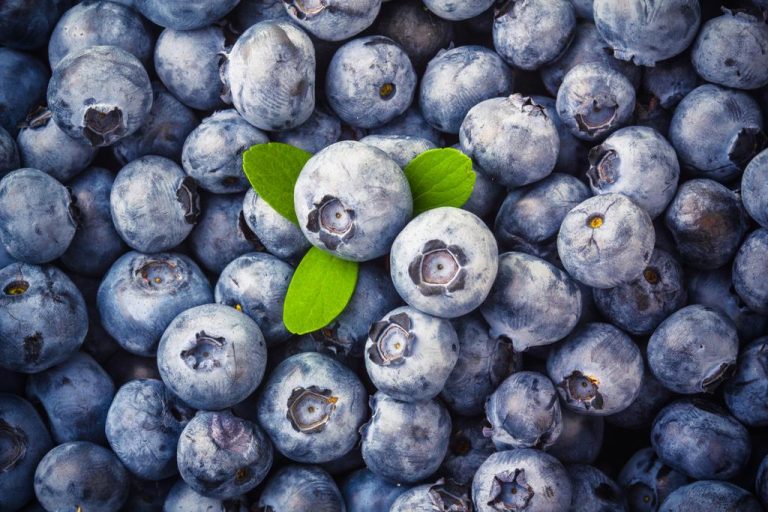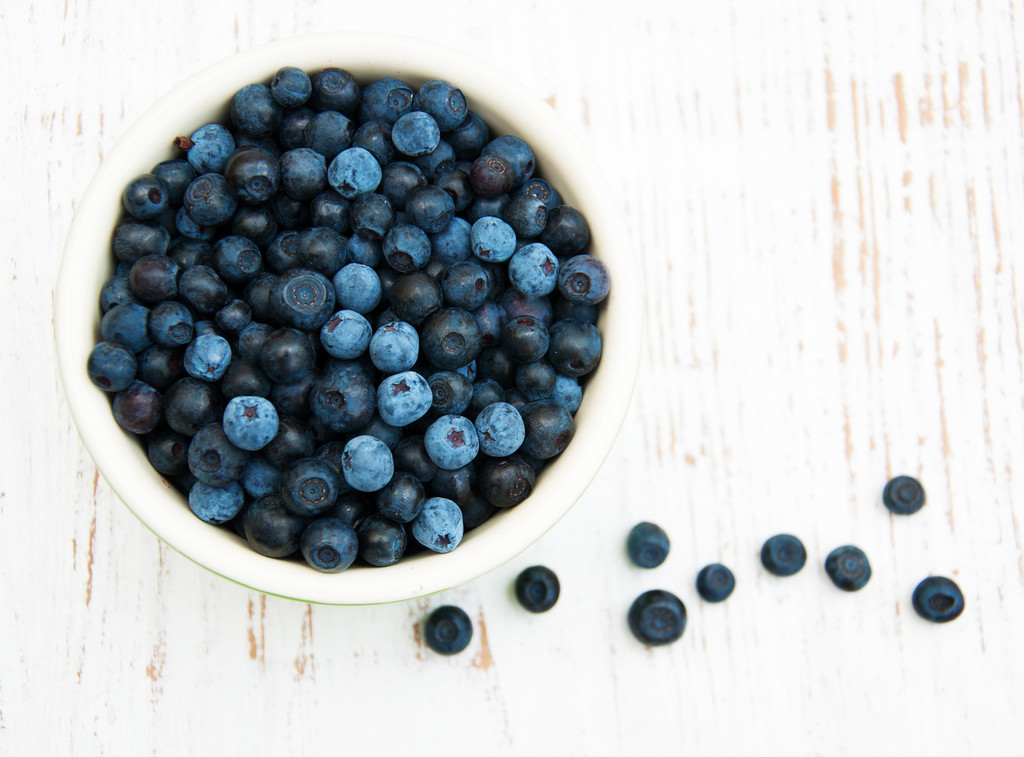Buckwheat honey is a special honey: it is dark brown in color, has a strong aroma and an atypical taste. On this page you can find out what else you should know about buckwheat honey.
Buckwheat honey is special in many ways. While the common types of honey are golden in color, buckwheat honey is dark to almost black in color, similar to forest honey. The taste also makes it a rarity among the many different types of honey: In contrast to most other honeys, buckwheat honey has a very strong, aromatic and only slightly sweet taste. It is rounded off by an intense cereal aroma.
Because of the unusual taste, not everyone likes buckwheat honey. This is also because we have become very accustomed to the sweet taste of light honey. However, many traditional bakeries appreciate the dark color and intense aroma of the extraordinary honey and use it for gingerbread and other Christmas cookies.

Buckwheat honey: the bees fly on it
The buckwheat honey has a light cereal aroma because the honey is obtained from the dark nectar of flowering buckwheat plants. However, buckwheat is only a grain in name. In fact, buckwheat is not a grain, but a knotweed plant.
The angular buckwheat seeds are considered a pseudo-grain because, like other grains, they can be processed into flour or pasta such as noodles and have a grain-like taste. In contrast to wheat and the like, buckwheat is gluten-free.
The pink blooming buckwheat fields magically attract bees. Since bees really like buckwheat blossoms and therefore fly to them intensively, pure honey can be produced from the collected nectar.

Buckwheat honey – the honey with the health benefit
Honey consists largely of glucose and fructose, but also contains smaller amounts
trace elements,
minerals,
vitamins,
Amino acids,
antibacterial and antioxidant agents
Honey has long been considered a healthy home remedy for various ailments, especially colds and coughs. The phenols in honey have a disinfecting and antiseptic effect.
Researchers from the USA have found in a study that dark honey has a higher amount of antioxidants. Thus, buckwheat honey, with its very dark color, is also one of the healthier types of honey.
This was confirmed in another small study in which 105 children with a cold were divided into three groups. One group received buckwheat honey to treat cold symptoms, the second a conventional cough syrup and the third group no medicine at all. It has been proven that buckwheat honey can effectively alleviate night coughing fits, which allows children to sleep better.

